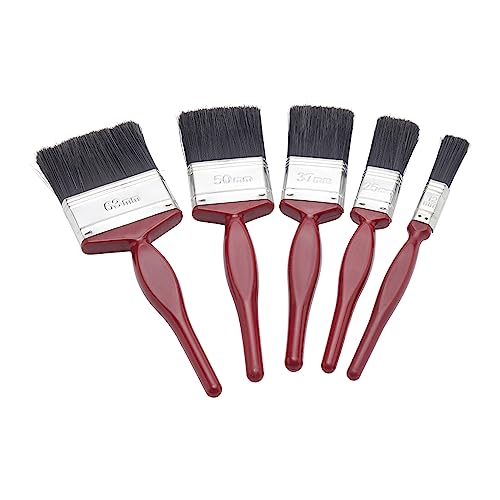Understanding Faux Painting
Faux painting, also known as decorative painting or faux finish, is a technique used to create the illusion of a different material or texture on a surface. It is often used to imitate materials such as marble, wood, or stone. To achieve realistic and beautiful faux finishes, the right tools and brushes are crucial. In particular, the choice of paint brush plays a significant role in determining the success of your faux painting project.
Consider the Type of Faux Finish
Before exploring the best paint brush for faux painting, it’s important to consider the type of faux finish you’re looking to achieve. Different finishes require different brush techniques and tools. For example, if you’re aiming for a smooth, glaze-like finish, you may prefer a brush with synthetic bristles. On the other hand, if you’re going for a textured, stippling effect, a brush with natural bristles can help create the desired look.
Synthetic Bristles for Smoother Finishes
When it comes to faux painting, synthetic bristle brushes are often preferred for achieving smoother finishes. Synthetic bristles, typically made from nylon or polyester, have less flex than natural bristles, allowing for better control of the paint. They also tend to be more durable, making them suitable for use with different types of paints and glazes. Additionally, synthetic bristle brushes are easier to clean, as they do not absorb as much paint as natural bristle brushes.
Natural Bristles for Textured Effects
If you’re aiming for a textured faux finish, natural bristle brushes are a better choice. Natural bristles, typically made from animal hair such as hog or boar bristles, are softer and more flexible than synthetic bristles. This flexibility allows the brush to hold more paint and create varied brush strokes, resulting in a textured effect. Natural bristle brushes are often used with techniques like stippling or dragging, where the brush is lightly dragged across the surface to create the desired texture.
Quality and Size Matter
Regardless of whether you choose synthetic or natural bristle brushes for faux painting, it’s important to consider the quality and size of the brush. Investing in high-quality brushes will ensure that they last longer and provide better results. Look for brushes with sturdy handles, secure ferrules, and well-formed bristles. As for the size, it depends on the size of the surface you’re working on and the specific technique you’re using. Larger brushes are suitable for broader surfaces, while smaller brushes allow for more precision in detail work.






